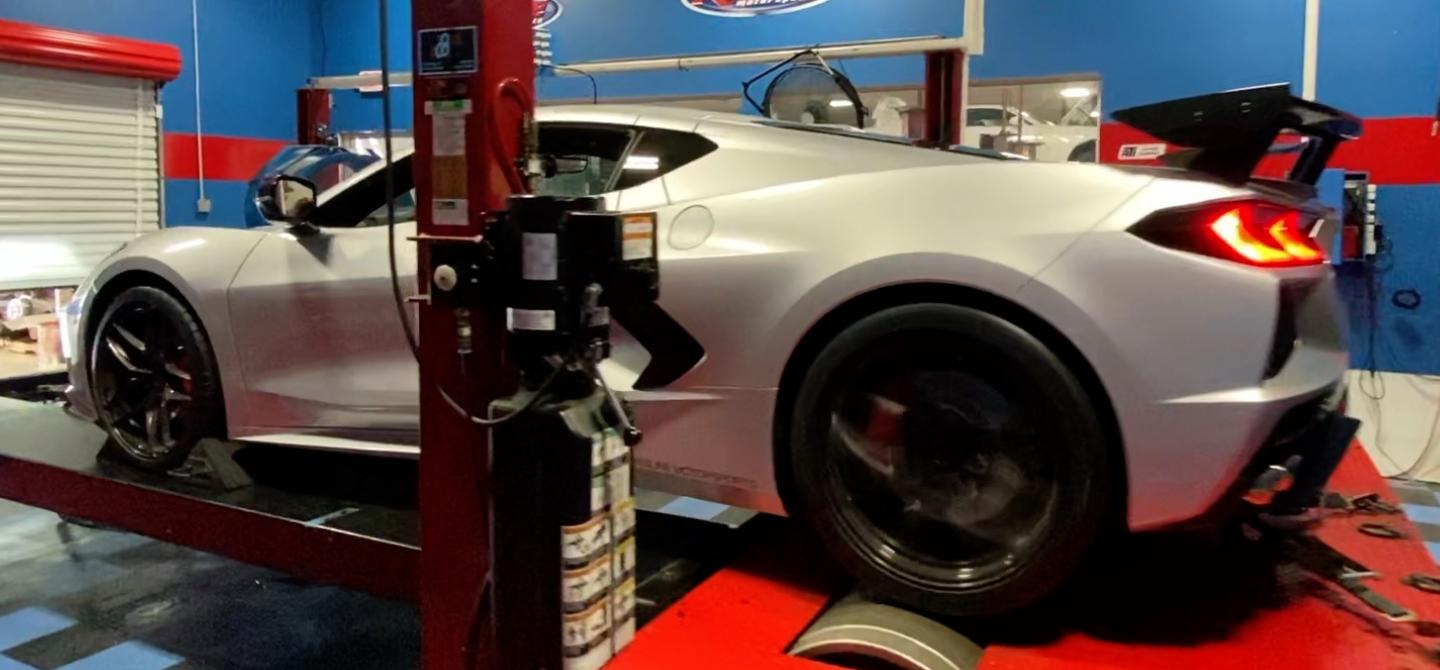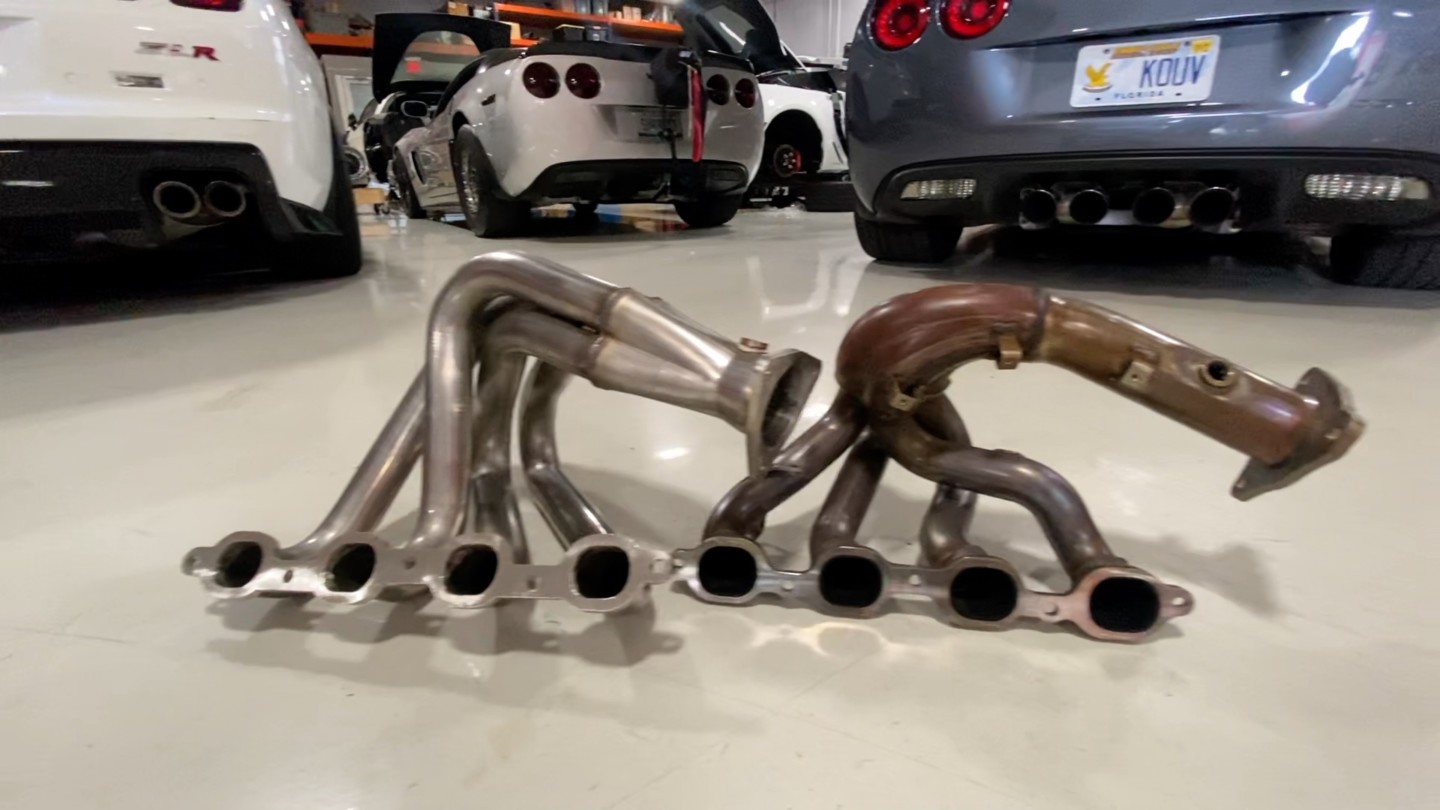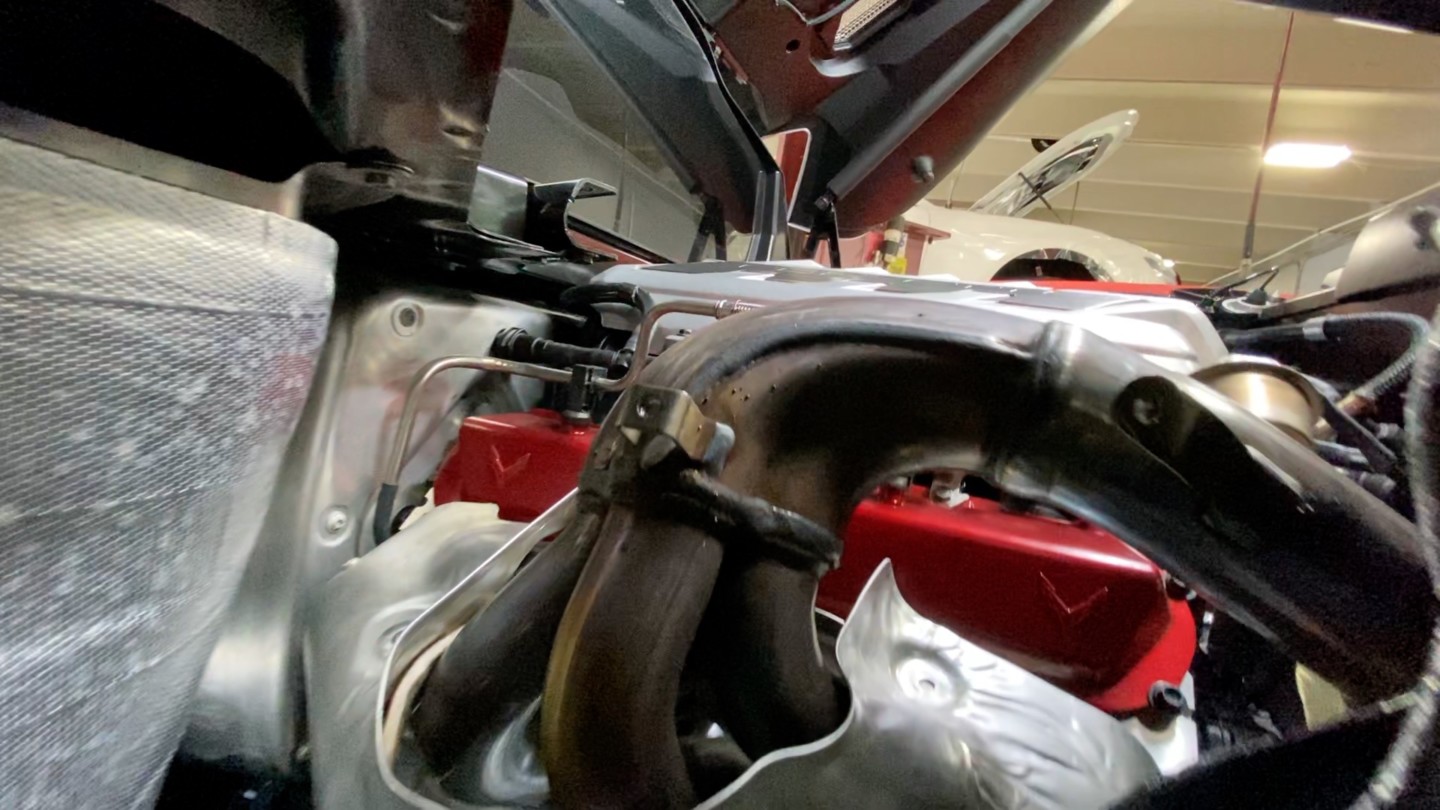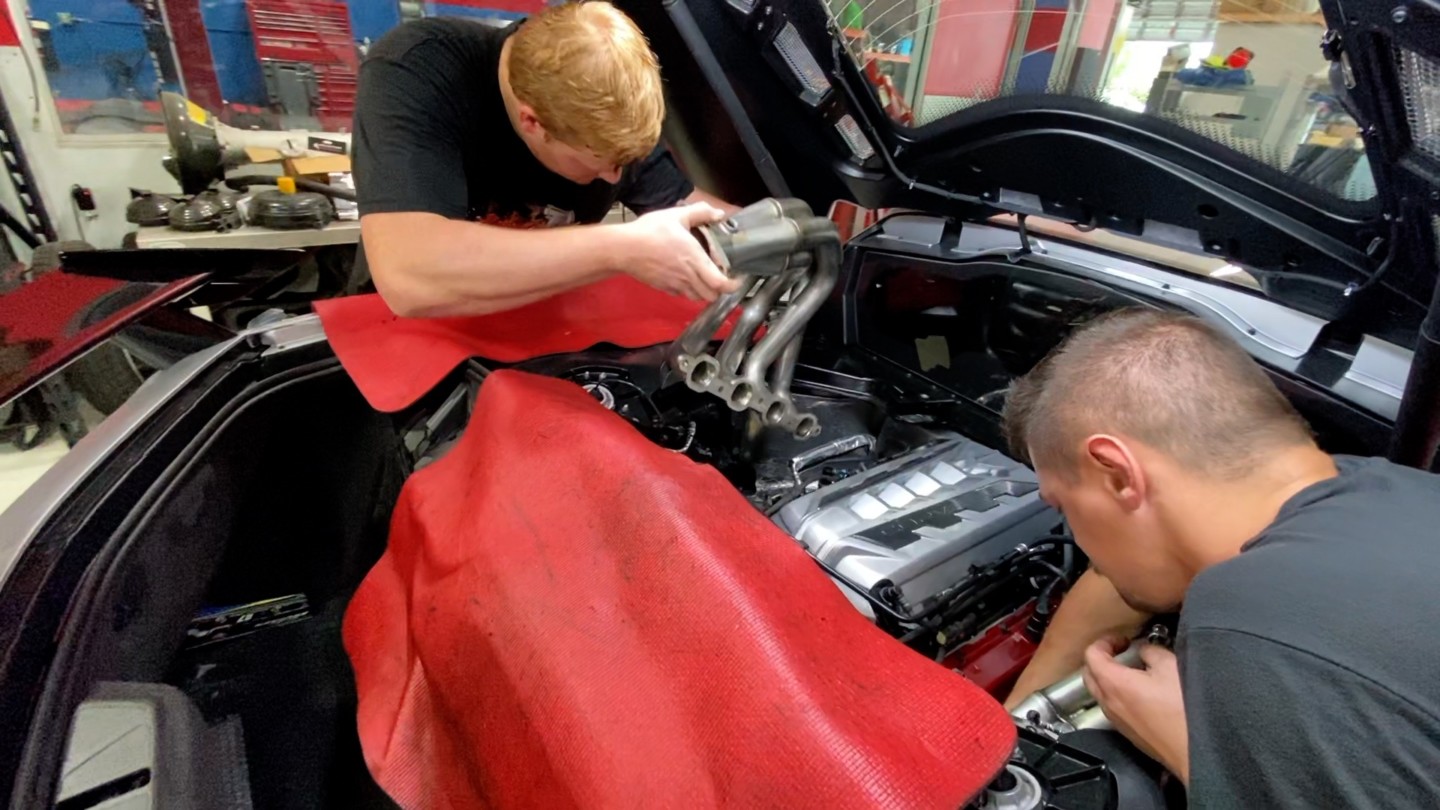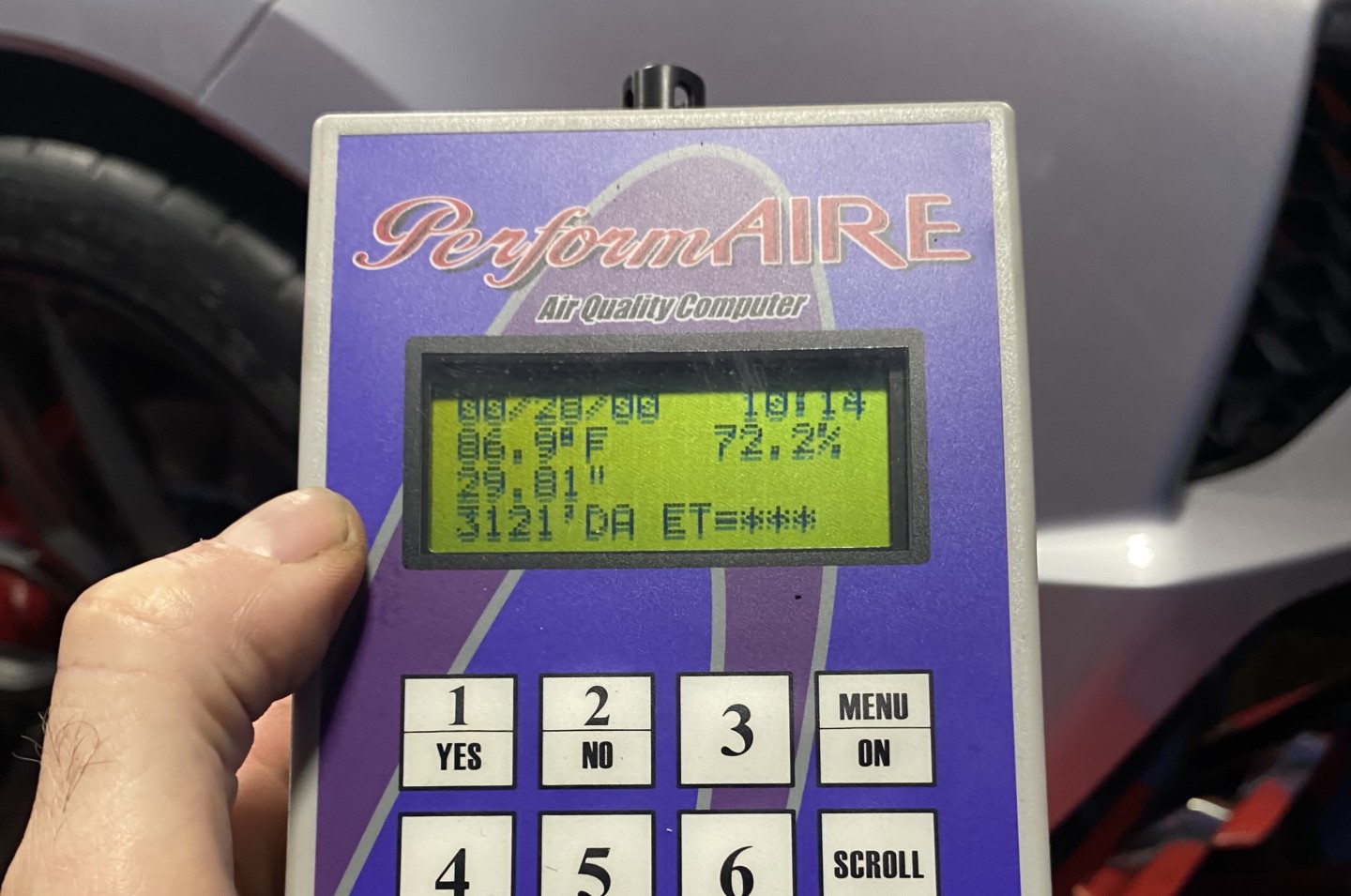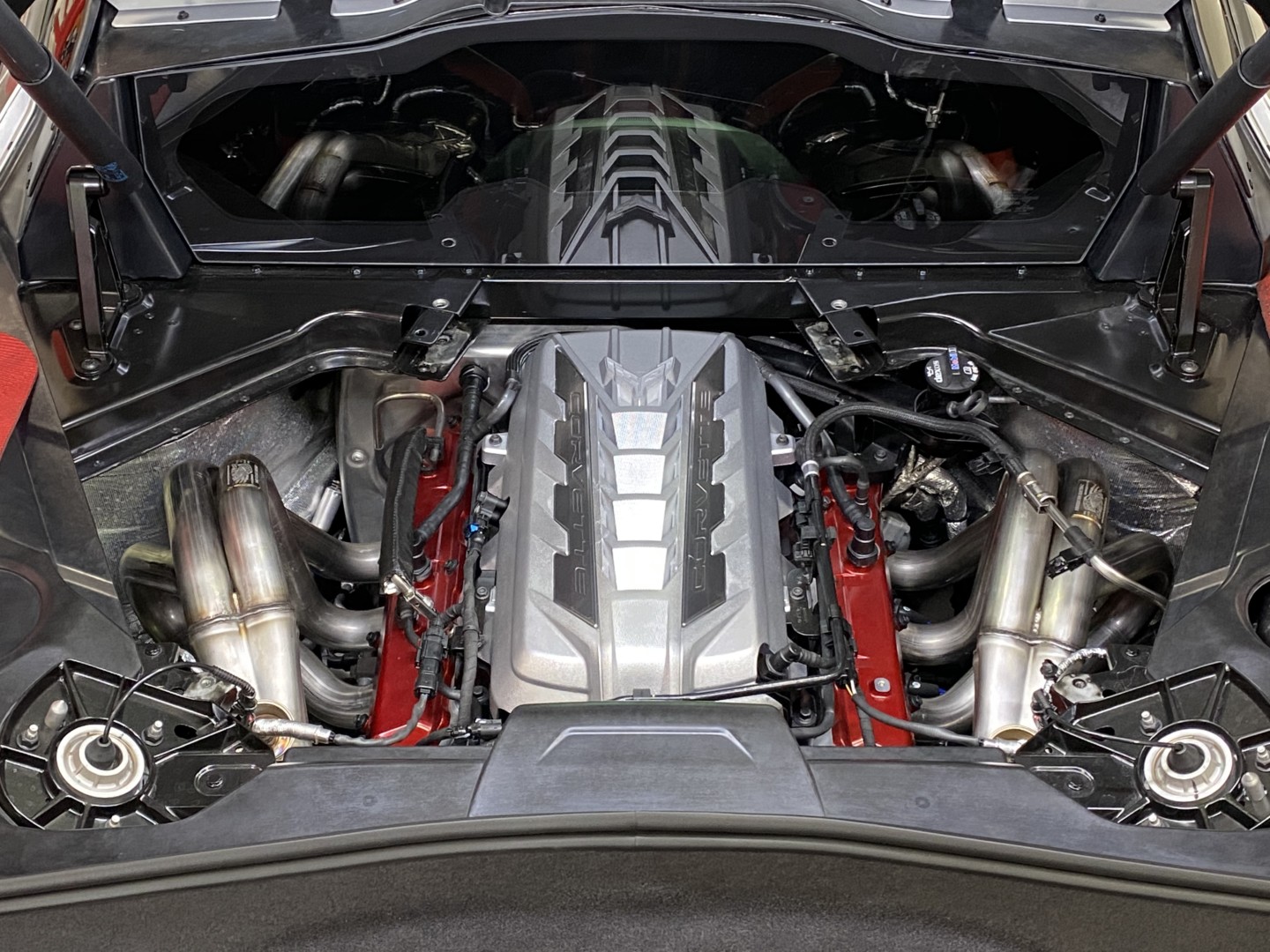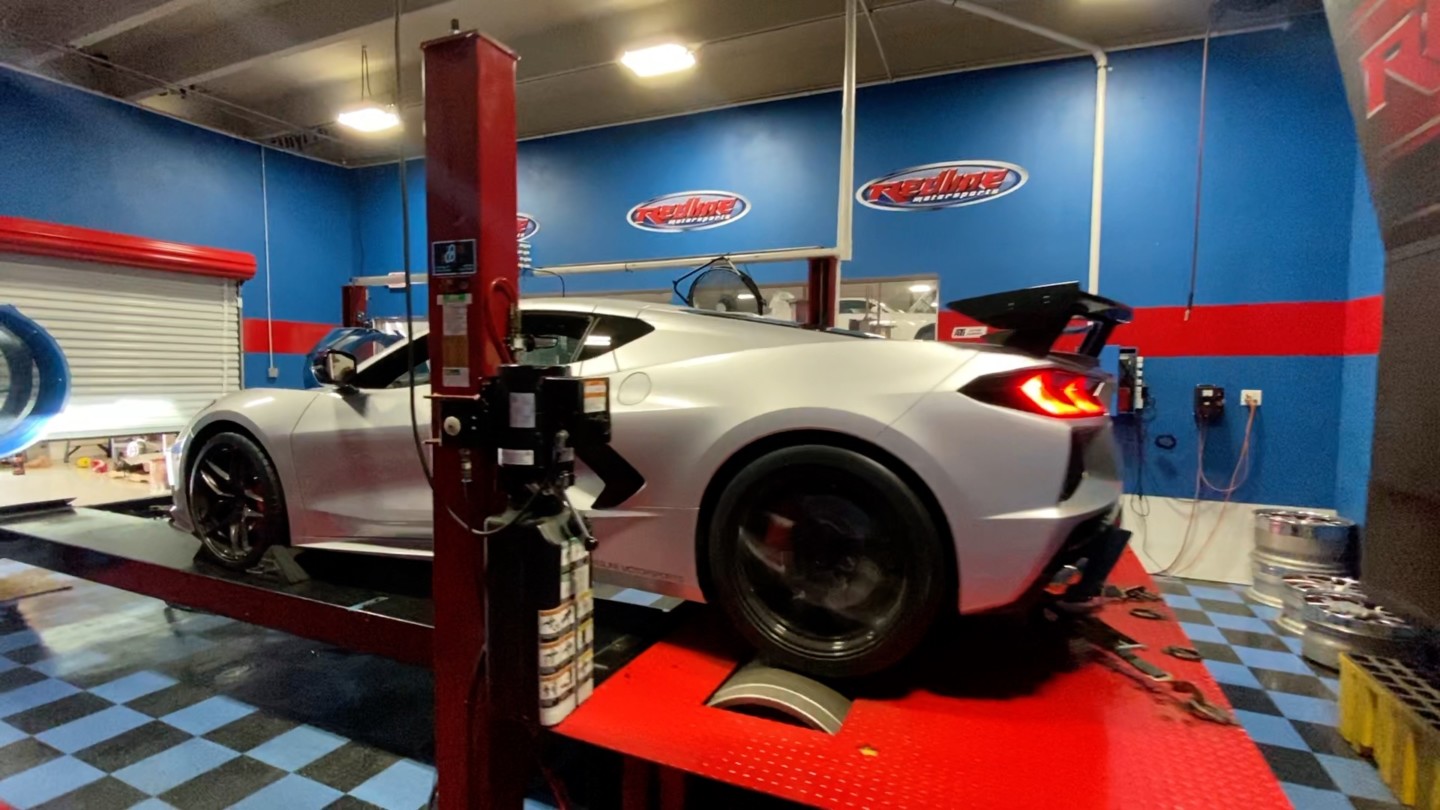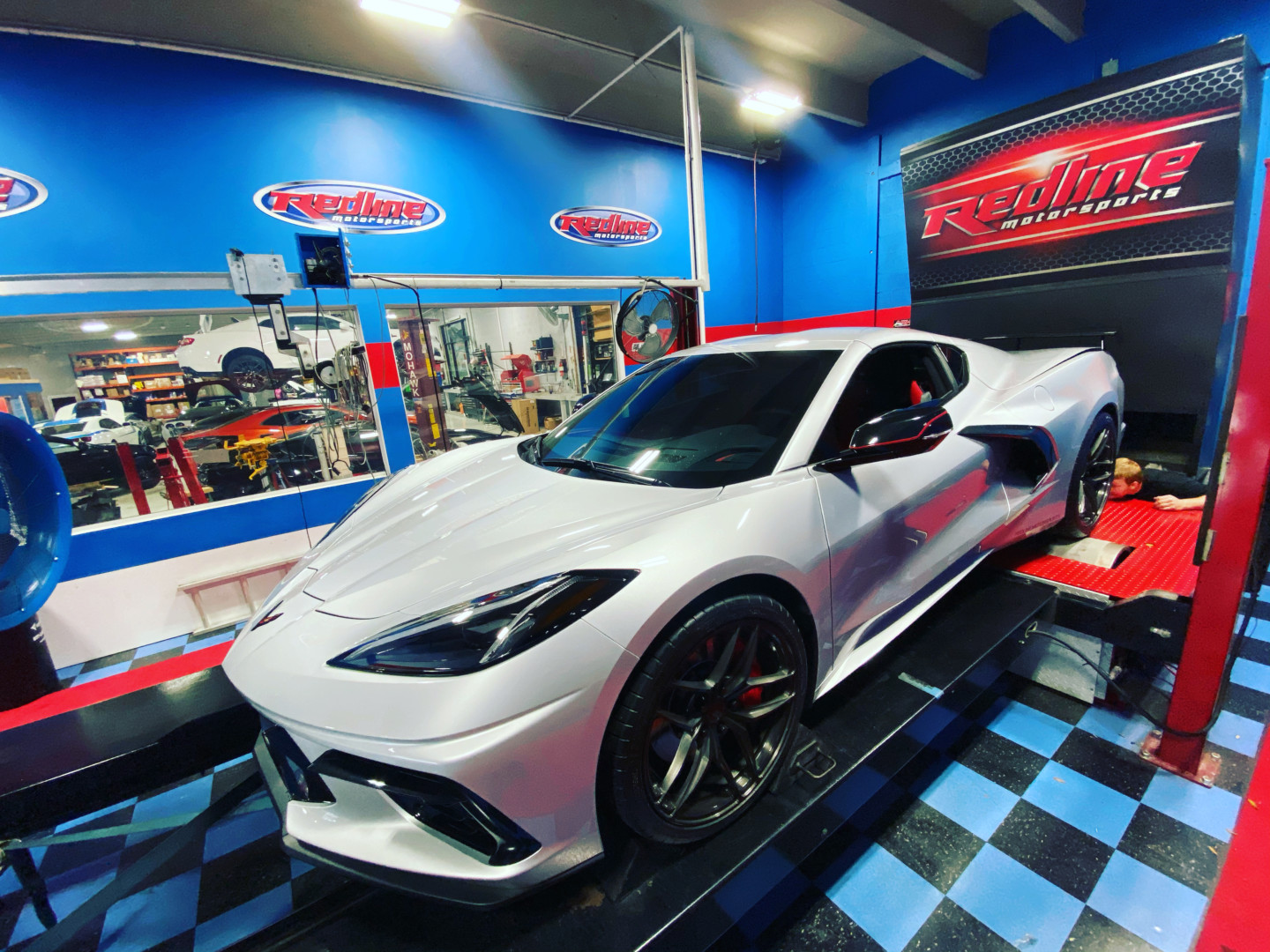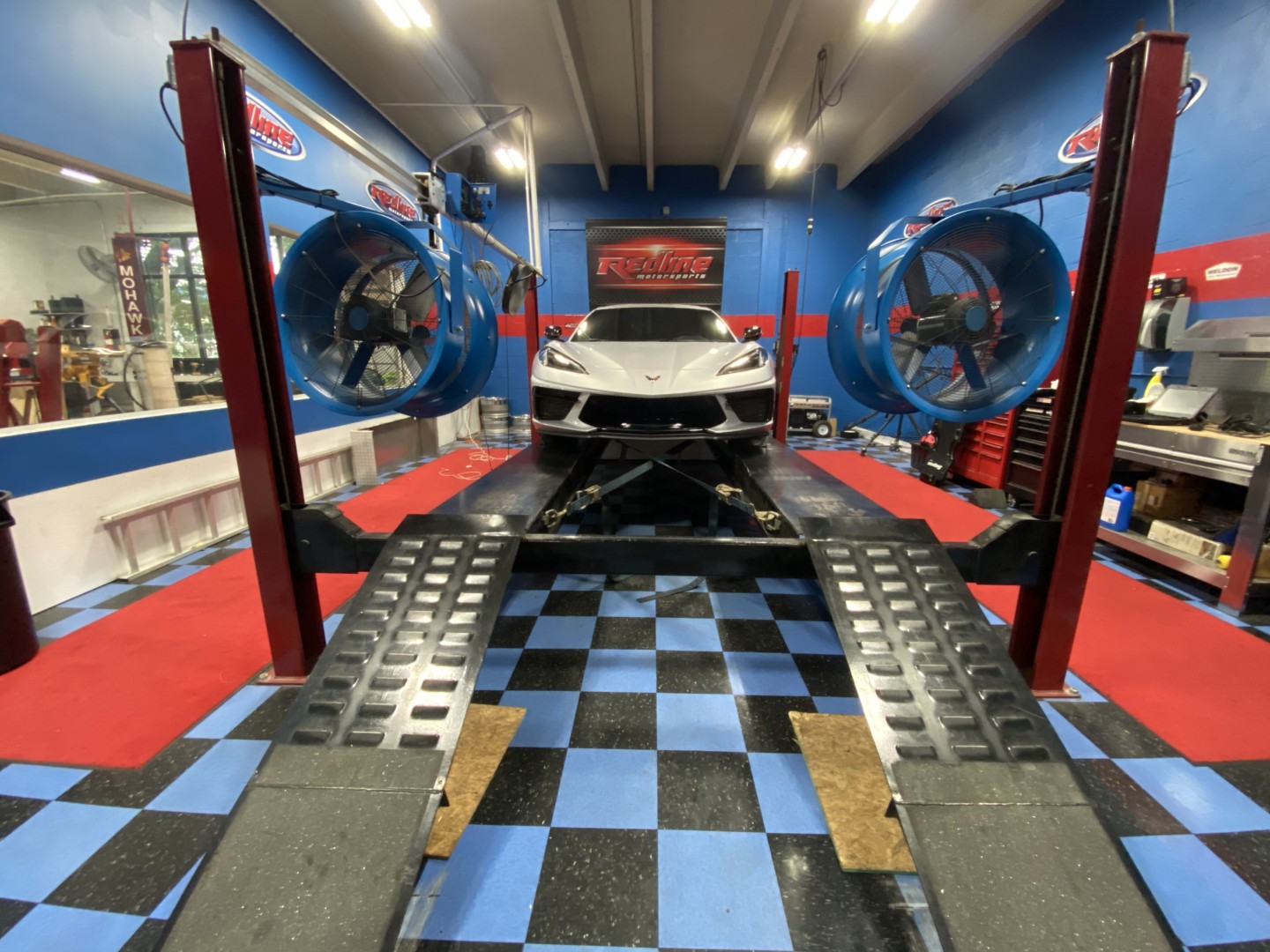2020 will surely be a year to remember, but if there is one positive note, it has to be the introduction of the eighth-gen Corvette. The newly designed mid-engine flagship car is finally starting to show up at dealers. After a union strike at the beginning of the year and then the unprecedented pandemic, the Corvette plant has been working double shifts to produce what may be the lowest production of Corvette in history. Despite all this, the fire to start modifying the new C8 is in high gear.
One significant hurdle yet to be conquered is the ability to recalibrate the factory E99 ECU. The E99 first showed up in the 2019 ZR1 Corvette, which had its production capped at 3000 units. Surely GM took advantage of this low production to test the E99’s new encrypted security. It took the gurus at HP Tuners quite a bit of time to develop a workaround to get access, and it appears that the GM has stepped up the security again.
All this has some manufacturers looking into upgrades that won’t upset the E99 and trip that pesky engine light or affect other car operation integrations.
The guys at American Racing Headers (ARH) took a hard look at the current exhaust configuration on the mid-engine LT2. They applied their years of experience to build a better mousetrap. At first glance, the factory exhaust manifolds look like a factory tubular header. With the tubes running upward and out the back, it almost looks like something found in an inboard powered boat. ARH’s approach was to build an equal length header at the right length and improve the merge collector before the factory catalytic converters. After a few revisions to dial in the fitment, they released a couple of sets into the wild, including the GM gurus at Redline Motorsports in Pompano Beach, Florida.
We reached out to Howard Tanner, Owner of Redline Motorsports, to get some feedback on testing and thoughts.
Redline’s shop car is a beautiful Blade Silver C8 Corvette 3LT with the Z51 package. The team decided to get the car over the 1000 mile mark to ensure a reasonable break-in cycle. As Redline has always done with new product testing in the past, they tried to control all factors that can “skew” test results. They decided that the test must take place as quickly as possible, not have atmospheric conditions be a factory. The baseline took place late morning, where there observed a density altitude (DA) of 3021-feet. Yeah, 3021-feet… That’s South Florida this time of year with tropical storm Sally just passing by them by 65 miles!
With the oil temp at 165-degrees and water at 172, they let the dual-clutch 8-speed snap through the gears to settle in 5th. Two pulls were done, which netted 451.3 horsepower and 430 lb-ft of torque at the wheels. “We were able to grab a few logging parameters which included fueling and spark”, Tanner noted. “With closed-loop dual wideband fueling, the wideband was .84-.85. Spark was observed at about 26-28 degrees at peak horsepower and torque”.
Backing the car into the bay — yeah that just seems weird — techs Zach Hicks and Logan McCormick began their plan of attack. Working over the rear quarters to get the mid-engine mill does require some additional protection. Redline protected the quarters with a proprietary wrap and padded engine covers. Removing the two under hood braces gave way to the factory manifolds. Lifting the heat shields immediately exposed the ten bolts holding the manifolds to the cylinder heads and the six bolts attaching the manifolds to the factory cats. The driver’s side manifold pulled straight up, but the passenger needed a little fancy twist to remove them.
American Racing Headers supplies a few pieces of heat shielding to provide some extra protection to the driver’s side fuel line and the evap line found on the passenger side. With the Z51 performance package, there are additional radiators with coolant lines on the passenger side. These lines are wrapped to further protect from radiating heat.
“We increased the material wall thickness of these headers to .065” to allow them to hold more heat, “Nick Fillipedes of American Racing Headers explained. “This helps the exhaust flow increase as a hotter pipe flows better and also keeps the oxygen sensors happy.”
After a triple check, it was back onto Redline’s Land and Sea Chassis dynamometer. As Zach and Logan got the C8 back on the rollers, Tanner grabbed the DA meter for a current update. The reported DA was 3031, validating that we didn’t have any atmospheric change that would be drastic enough to alter test results.
Warming up the oil and coolant, you could hear a noticeable difference as the car made its lightning-fast upshifts. However, the car sounds quiet enough to enjoy the Bose stereo system. Two back to back pulls yielded 467.3 horsepower and 445.7 lb-ft of torque at the wheels. It was also noted that the increase was across the entire tested range from 2000-6400 RPM. “We live in a world where 1000 horsepower just rolls off our tongues like nothing, “Tanner said. “But, these are legit gains that will surely be felt.”
Tanner reviewed the data log and noted that fueling remained as targeted, and the spark was identical to the baseline runs. “Based upon what I see, I don’t see the C8 picking up much from calibration changes at stock levels, “Tanner explained. “GM has no reason not to be as optimized as possible these days.”
Driving impressions were kindly noted as the additional mid-range torque really helped stepping through the DCT 8-speed transmission. It will be interesting to see where the performance industry will take the next step with the new mid-engine, but for now, American Racing Headers strikes again…


